A Venezuelan Boeing 747 with ties to Iran is detained in Argentina
Last Monday, June 6, was an intense day in the usually mellow Argentinian skies. The dense fog that covered Buenos Aires’ airports forced operators to proceed to alternate destinations. One of those operators was Emtrasur Cargo, the freight division of the Venezuelan flag carrier Conviasa.
Its latest addition, a Boeing 747-300M with registration YV3531, took off from Querétaro, (Mexico) late on June 5, transporting parts for an automotive factory. Its destination: Buenos Aires’ Ezeiza Airport. Its crew: we’ll go back to this later.
Due to the foggy conditions, the aircraft discarded Ezeiza and landed in Córdoba airport at noon of June 6. A few hours later, the aircraft departed from Cordoba to complete its planned trip and landed at Ezeiza around 3pm. Besides the diversion, nothing uneventful happened so far. But that was about to change rapidly.
Suspicious minds
According to several sources, a group of governmental agencies approached to the 747 as it landed at Buenos Aires. Rumors fly, and they are not affected by poor weather: something fishy was going on with that plane.
After clearing the cargo -nothing out of the ordinary there, so the parts were released for the customer to have- the focus was set on three factors: the aircraft, the crew, and the special link that bonds Venezuela and Iran.
Through informal /wink-wink/ you know what we mean but better if we don expand on it/ channels, it was known that its crew had a few names missing in the manifest. Most of the members of said crew are Venezuelan. And seven belong to Iran.
The Aircraft
These days, a Boeing 747 is a plane hard to find. Winding down after decades of supremacy, it will remain in history as the aircraft that shrunk the world. Technological advances made its four engines and operational costs too much for any airline to keep them flying commercial passenger service, apart from a few and extremely specific cases.
If that reality is harsh for a 747-8i, its latest version with enhanced performance and fuel consumption reduction, previous variants need to find rare business niches for them to thrive. One of those niches is long-haul, large-volume cargo operations.
This 747-300M was operating in such niche: automotive industry took a lot of damage when COVID stranded the Just-In-Time supply chain. Many commercial passenger operators rushed to convert aircraft to temporary freighters to secure their belly cargo (transport of goods in passenger flights) contracts that weren’t flying and to keep at least some cash flow.
When COVID started, this aircraft was operating in Iran, but was born French: the 36-year-old plane was delivered to UTA -Union de Transports Aériens- in January 1986, where it operated until the company’s closure in 1992, when it joined Air France.
It was withdrawn from service in 2006 and sold to Mahan Air in 2007. In March 2008, US Treasury Department’s Office of Foreign Assets Control (OFAC) sanctioned Mahan Air for «providing support to Iran’s Islamic Revolutionary Guard Corps-Qods Force (IRGC-QF)».
According to the agency, «Mahan Air has transported IRGC-QF operatives, weapons, equipment, and funds abroad in support of the terrorist group’s regional operations and has also moved weapons and personnel for Hizballah.»
«Since the onset of the Syrian civil war,» OFAC continues, «Mahan Air has routinely flown fighters and materiel to Syria to prop up the Assad regime, which has contributed to the regime’s atrocities and displacement of civilians. In December 2019, the Department of State designated Mahan Air pursuant to E.O. 13382, a counter proliferation authority targeting weapons of mass destruction proliferators and their supporters.»
The Treasury department had no problem to go the extra mile to sanction companies around the globe that provided support to Mahan Air: in August 2020, OFAC stablished that UAE-based Parthia Cargo and Delta Parts Supply FZC helped the carrier by providing key parts and logistic services.
The Venezuelan Connection
In early 2022, state-owned Conviasa announced its plans for international expansion: and for that, a significant fleet increase was on the works. Beside commercial passenger operations, a new cargo division was created: Emtrasur Cargo. Soon enough, its first aircraft was announced. A Boeing 747-300M, previously operated by Mahan Air. The plane was incorporated with the registration EP-MND and christened «Luisa Caceres de Arismendi».
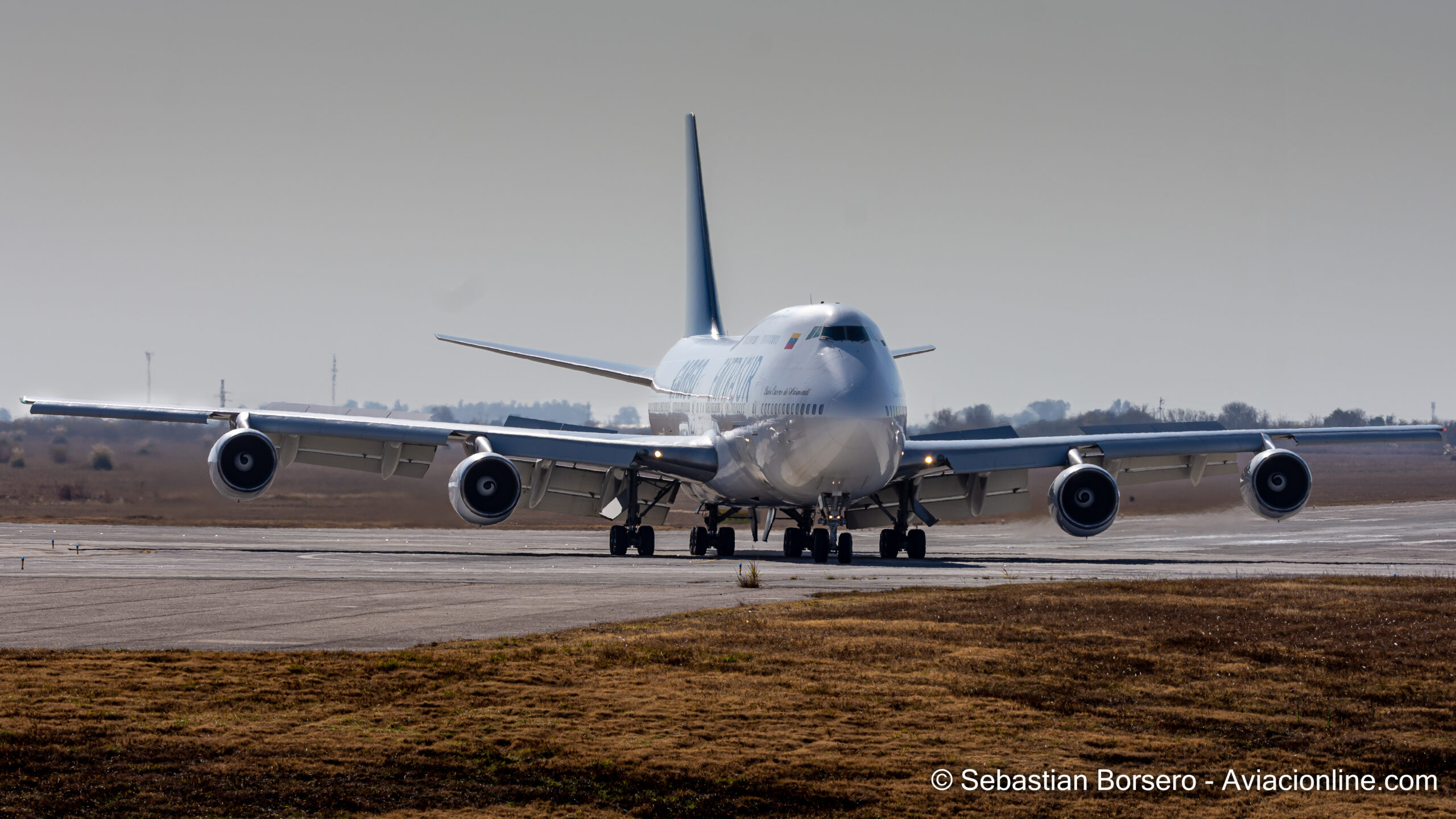
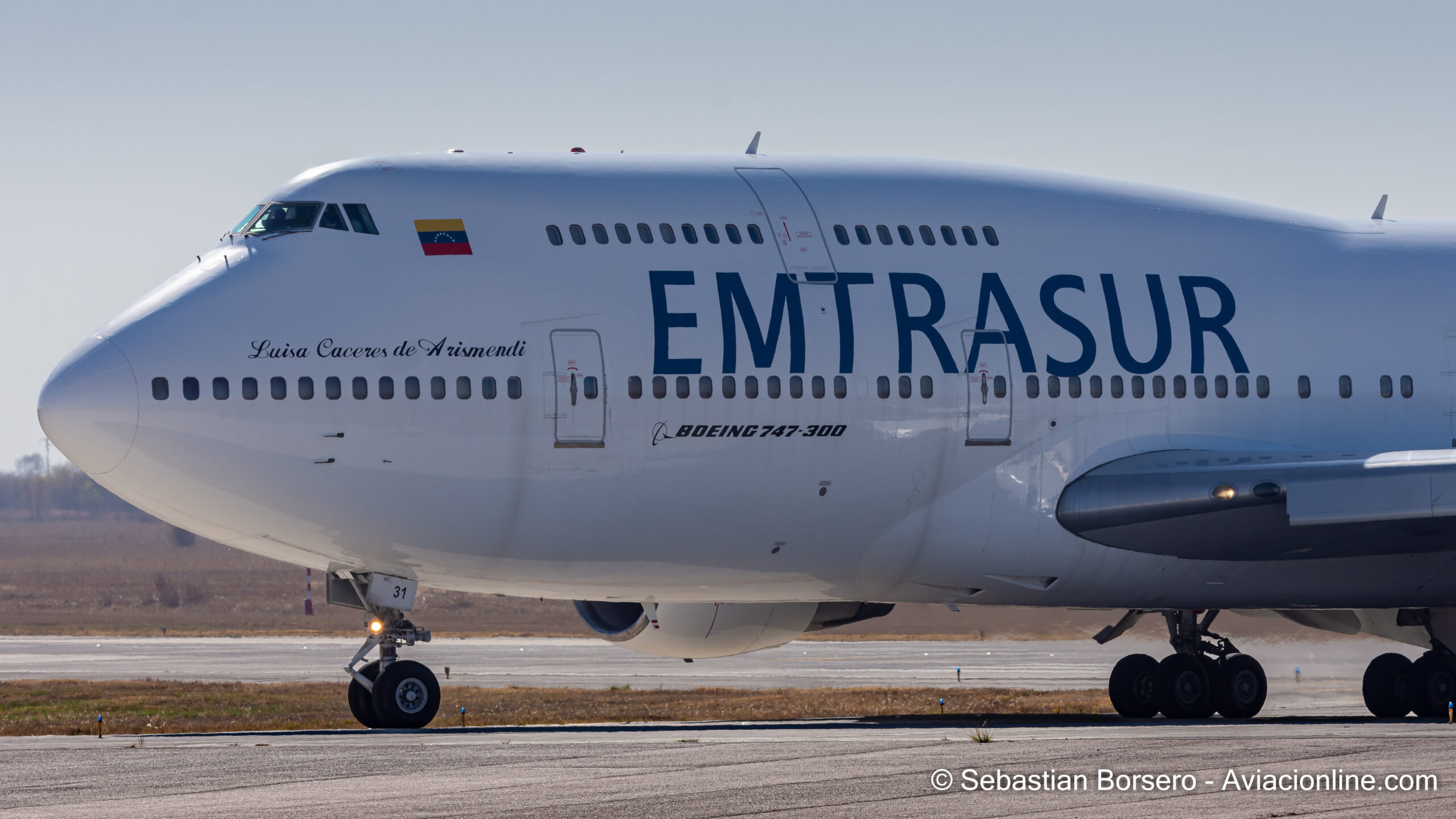
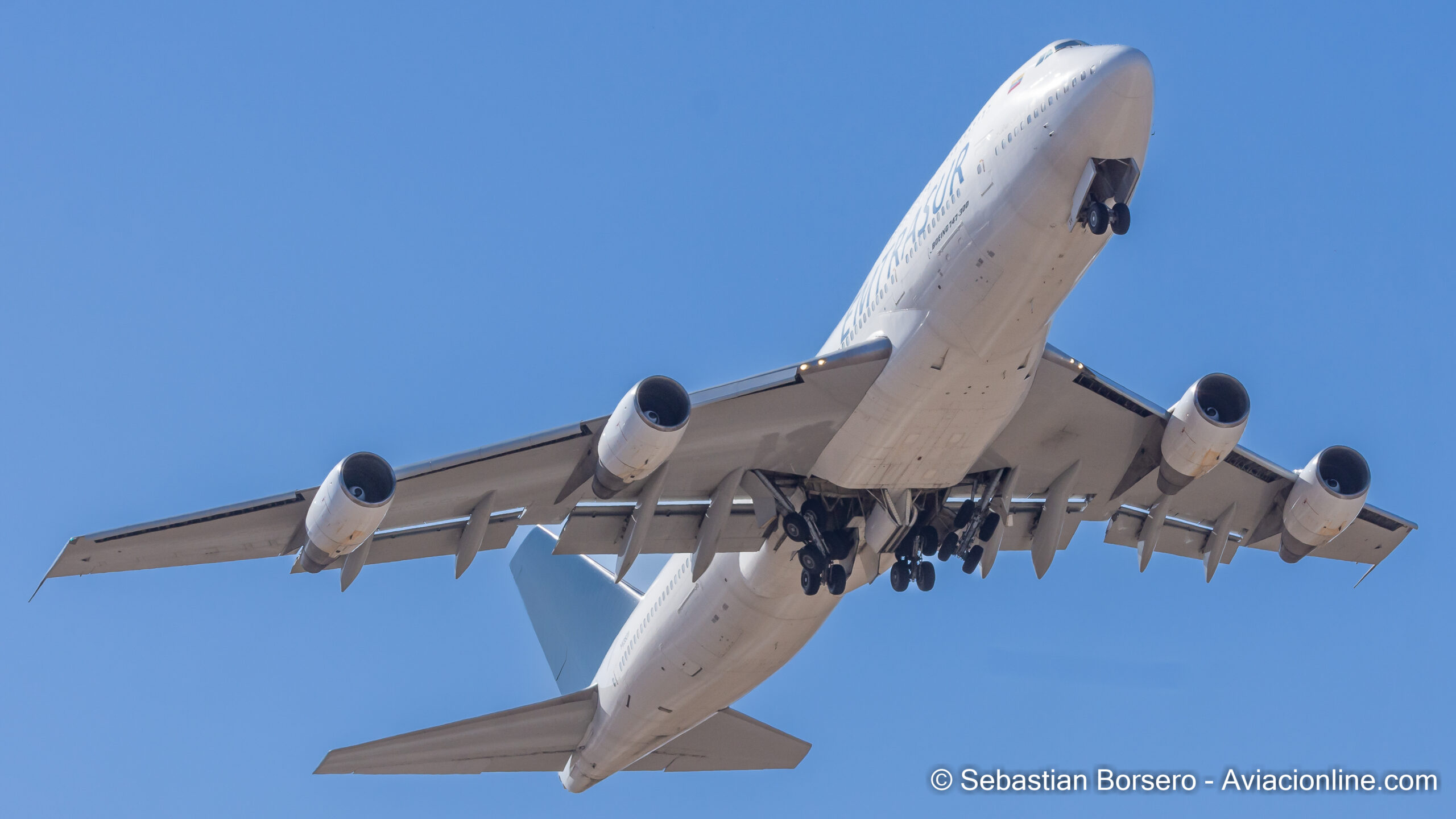
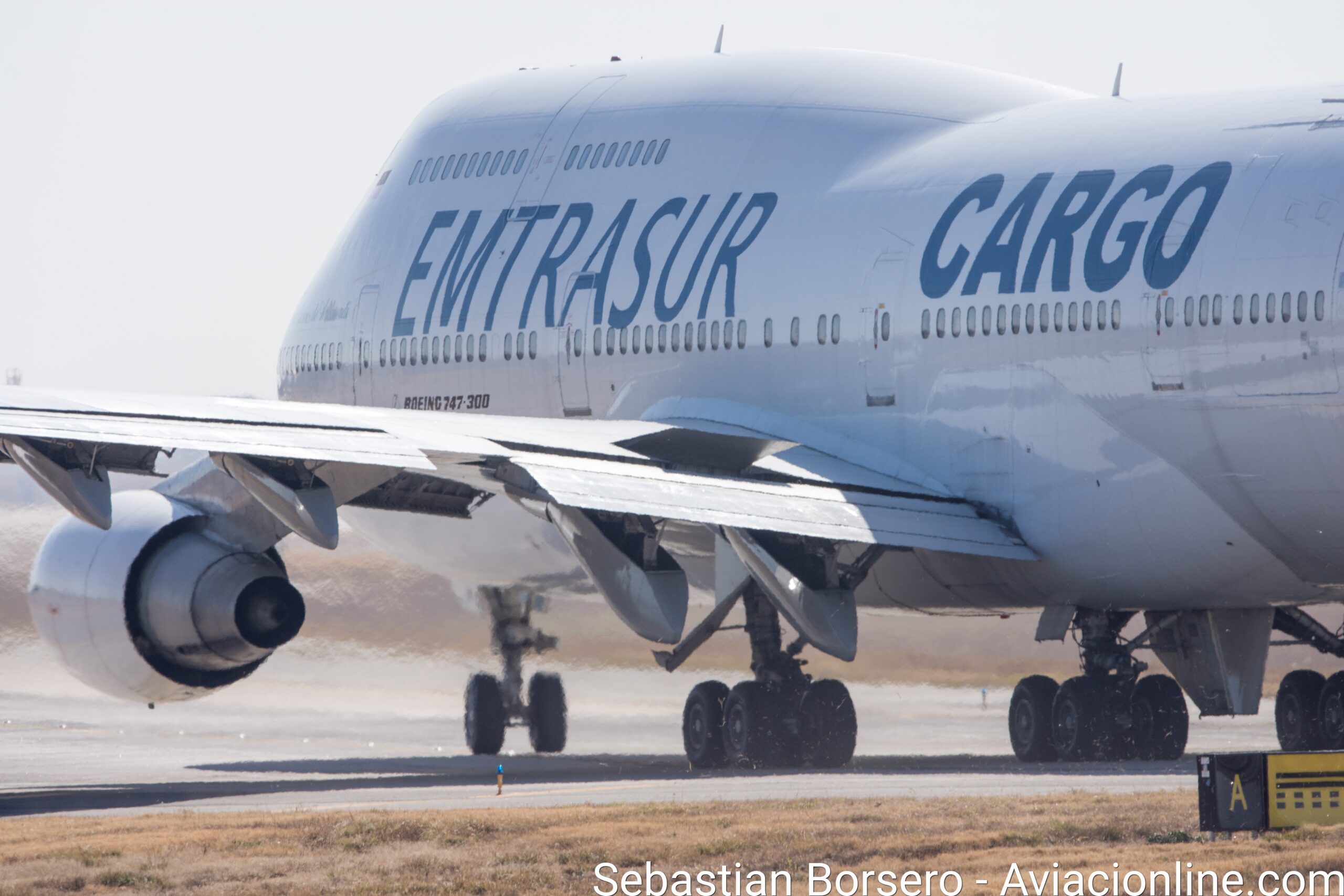
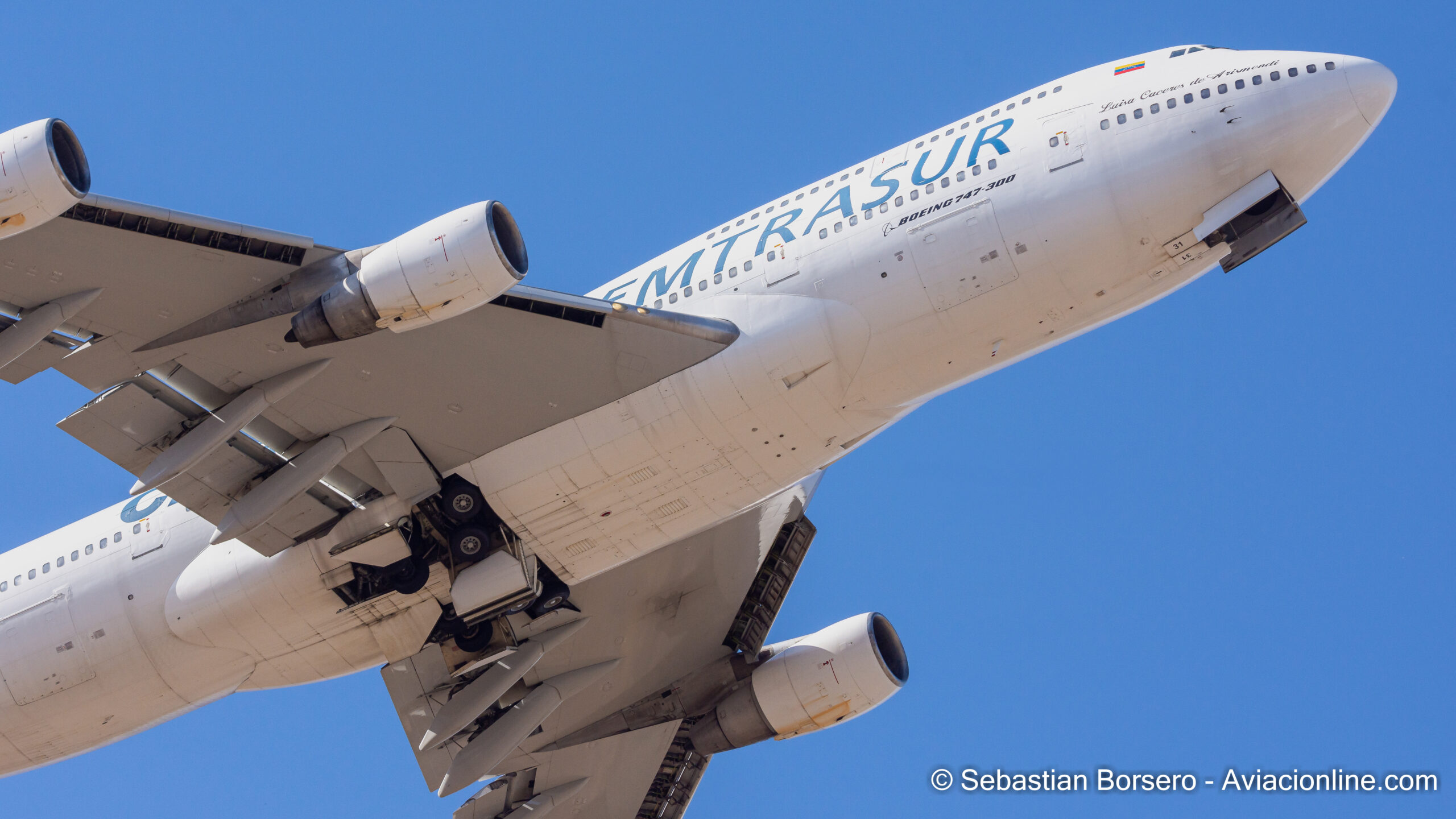
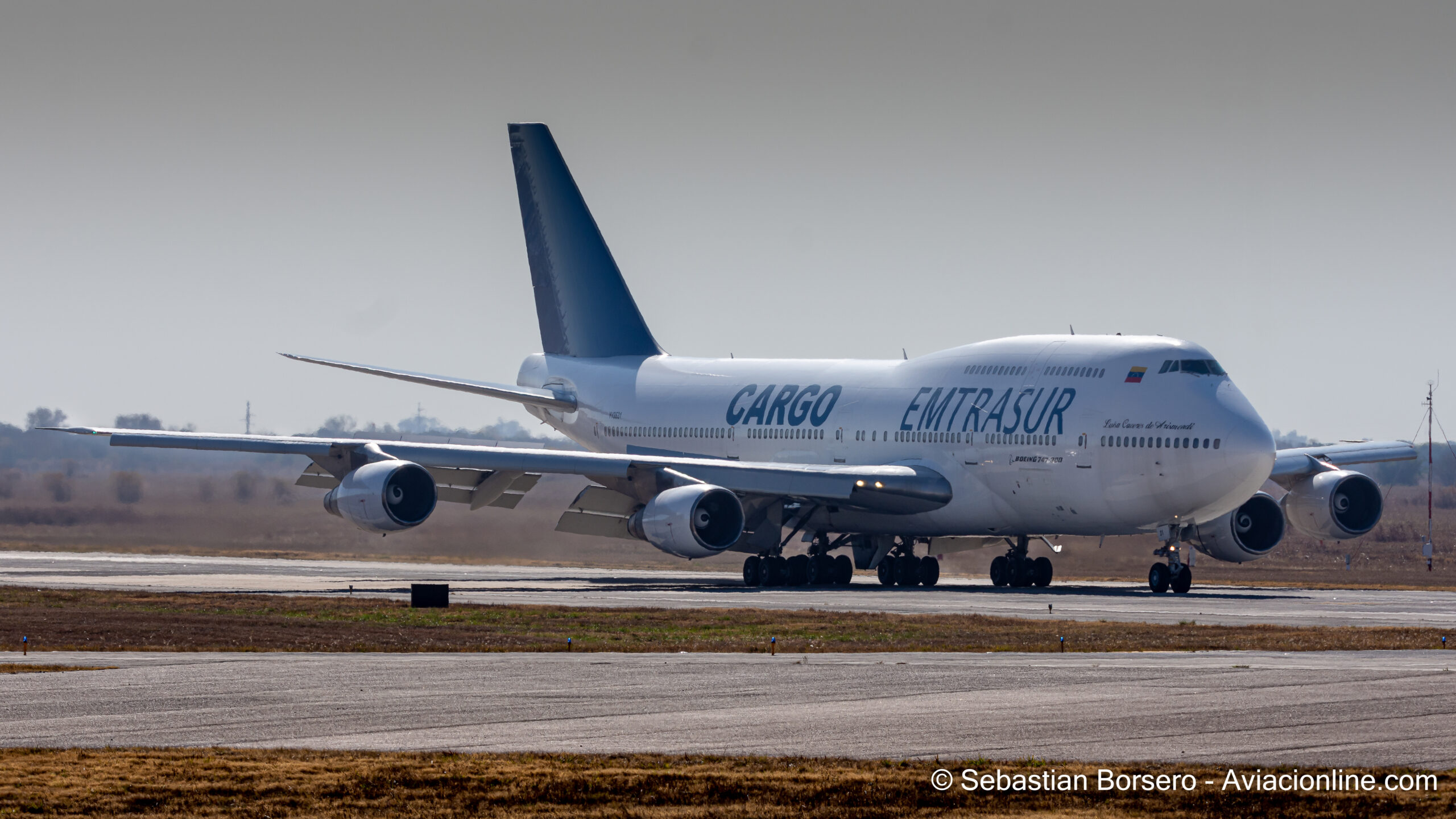
The transfer of the aircraft is not the first aviation link between Venezuela and Iran. Conviasa’s president and Venezuela’s Vice Minister of Air Transport, Ramón Velázquez, said last February that there had been cargo flight between the two countries for the last three years. Besides, he stressed that the passenger route between Caracas and Tehran is important for the company, as Iran is considered a safe country with considerable tourism capabilities.
Conviasa is looking to add two Airbus A340-600s from Mahan Air within this year -it already received one, a 20-year-old plane that started operating for Virgin Atlantic-, and most probable thing is that the Iranian crew that flew to Buenos Aires were providing instruction to the Venezuelans. That would not explain the absence of some names in the manifest, though. For some people in Argentina, it seems that there’s more than meet the eye.
Questions and answers
An opposition legislator, Gerardo Milman, submitted a formal discovery procedure to obtain more information about the situation, citing «the enigmatic behavior of the flight, the confusing ownership of the aircraft and the composition of the crew.»
The legislator also affirms that the aircraft flew the Córdoba-Ezeiza leg with its transponder off, a fact that is still under investigation.
What is certain is that the aircraft attempted to leave Buenos Aires on June 8 heading to Uruguay, but twenty minutes later it returned to Ezeiza airport due to «unknown reasons», and it is still stationed at the airport apron.
Many sources indicate that the crew is not detained, as there was nothing illegal on them or the way they entered Argentina, besides some «administrative irregularities» on the manifest. They could leave the country at any time of their choice, in a regular flight, to any destination they want. But the 747 is facing a different fate.
Word is that no company or government wants to deal with that plane and provide fuel or assistance to avoid being impacted by US sanctions. If that is proven to be true, the former Mahan Air Boeing 747-300M could have a long and cruel end of her operational life in Buenos Aires and be swallowed by the same fog that made her divert to Córdoba. The same thick, dense fog that make things big as a Jumbo disappear forever.

/https://aviacionlinecdn.eleco.com.ar/media/2022/06/YV3531-Boeing-747-300M-Emtrasur-Cargo-1-9-2-scaled.jpg)
Para comentar, debés estar registradoPor favor, iniciá sesión